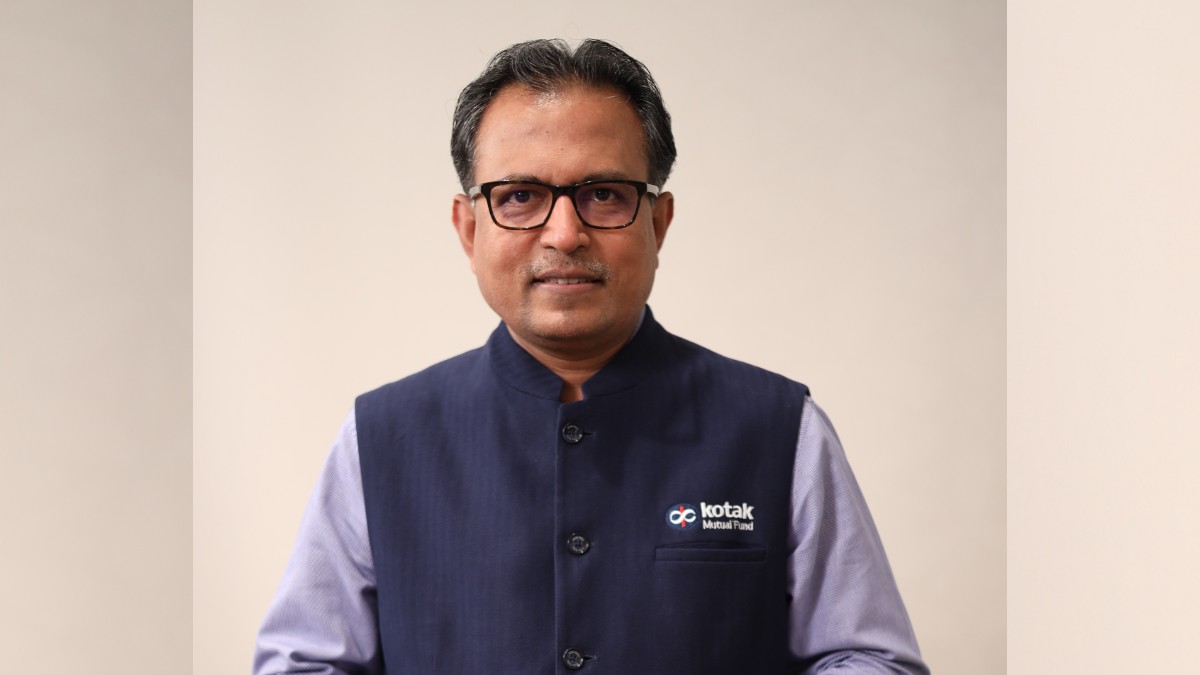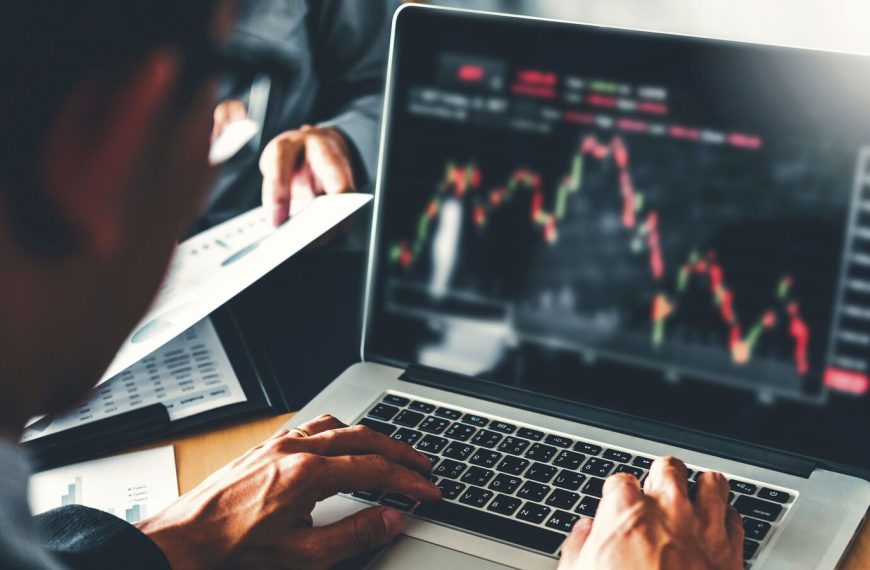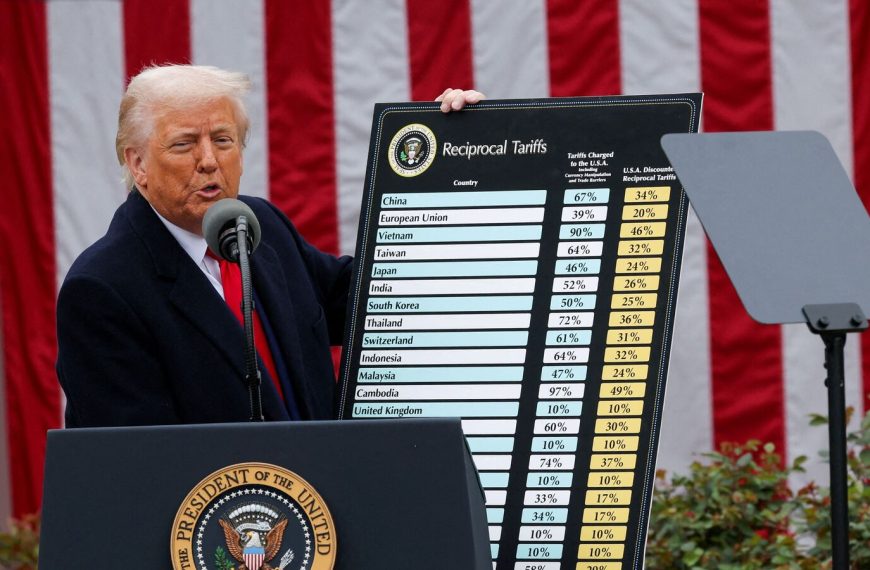In a bold move that has reverberated across global markets, U.S. President Donald Trump has implemented significant tariffs, raising concerns among economists and investors alike. While India seems to be faring better than many of its Asian counterparts, market analyst Nilesh Shah, Managing Director of Kotak Mahindra AMC, warns that these tariffs could ignite a slowdown and exacerbate inflation. He captured the uncertainty of the situation with a famous Bollywood saying, “Picture Abhi Baki Hai,” indicating that the narrative is far from over.
Understanding the Impact of Trump’s Tariffs
Trump’s tariff strategy has ignited fears of a potential economic downturn, drawing parallels with historical events where protectionist measures led to recessions. Shah highlighted that the U.S. has only experienced two significant tariff increases in the last two centuries—once in 1828 and again in 1930. Both occasions resulted in severe economic consequences, including the Great Depression. Shah cautions that the impending tariff hike in 2025 could similarly result in sluggish growth and rising inflation.
- Historical Context:
- 1828: First major tariff increase leading to economic downturn.
- 1930: Second increase coincided with the Great Depression.
Shah argues that if the U.S. market experiences a correction, it could negatively impact consumer spending, which constitutes about two-thirds of the U.S. economy. This potential consumption decline may lead to increased inflation and subsequent erosion of wealth.
Emerging Markets at Risk
Delving into the implications for emerging markets, Shah noted, “This scenario could lead to stagflation, while the U.S. may face a hard landing.” With a universal 10% tariff set to take effect on April 5, followed by higher reciprocal tariffs starting April 9, global markets are bracing for a shift in strategy.
- Strategic Responses:
- Currency devaluation
- Negotiations with the U.S. under specific clauses
- Implementation of counter-tariffs
- Potential legal challenges within the U.S.
India’s Position Amidst Tariff Changes
Despite being less affected than other nations, India must remain alert. Shah points out that there is an opportunity for the country to attract footwear and garment businesses from other Asian nations, provided it acts decisively. He emphasizes that instead of resorting to retaliatory tariffs, India should engage in constructive negotiations with China to establish mutually beneficial agreements rather than creating a lose-lose scenario.
- Opportunities for India:
- Attracting businesses from Asia
- Engaging in negotiations with China
The Broader Implications on Global Trade
Critically assessing the global trade landscape, Shah expressed skepticism about the World Trade Organization (WTO), suggesting that it primarily serves weaker nations while powerful countries manipulate the rules to their advantage. He quoted Sant Tulsidas, stating that “the powerful can’t be faulted,” underscoring the disparity in trade dynamics.
Moreover, Shah believes that some countries may lobby within the U.S. to challenge the tariff policies, recognizing that these measures could adversely affect American businesses as well.
As the world adapts to Trump’s aggressive trade policies, it’s clear that the unfolding narrative is far from complete. In the words of Nilesh Shah: “Picture Abhi Baki Hai.” The future of global trade remains uncertain, and stakeholders must stay vigilant and proactive in navigating the shifting landscape.











